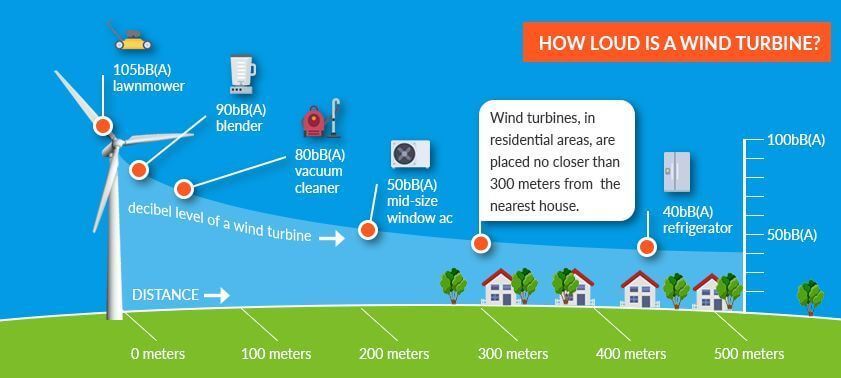However, we can predict the noise impact of wind turbines using specialized software, which optimizes the potential of a wind project while minimizing its environmental impact. Unfortunately, there can still be challenges that make it more complicated to decide what steps to take; that’s why we are focusing on the noise challenges of wind projects.
Regulation versus social licence
Sadly, in Canada, the noise impact of wind farms is a provincial and municipal challenge, as there are no federal regulations on this topic. Municipal nuisance regulations can be legally valid when the relevant province does not have a wind noise regulation. The lack of clear legal framework can sometimes make it difficult to assess the impacts of a wind project. That said, provinces without specific regulations sometimes require noise impact analyses that are based on the regulation from a neighbouring province or on guidelines designed to address a legislative gap.
Current Canadian provincial regulations have set the maximum acceptable noise level in rural areas to 40 dBA. But is this enough? The World Health Organization maintains that this noise level is not harmful to your health[3]. However, several European countries are asking that noise levels be lowered to 35 dBA[4]. So who is right? Health Canada carried out a study correlating the disturbance level of a wind project based on the noise amplitude at the homes being studied[5]. The study revealed that noise annoyance increases significantly when an average noise level of 35 dBA is reached. Additionally, responsible authorities usually request an analysis of the number of homes that are exposed to more than 35 dBA to determine the number of people potentially annoyed by the wind project, despite compliance with standards.
So, what noise criteria should we base wind projects on? The answer lies in combining regulations and analyzing the density of sensitive environments that surround the wind project that is being studied to truly understand associated risks.
Simulation versus reality
Another bone of contention encountered in a noise study for a wind project is how the results of sound propagation simulations are interpreted compared to the actual noise receptors will experience.
Those responsible for studying the environmental impacts of wind projects require that certain protocols be respected and want recognized calculation methods (ISO 9613, CONCAWE, NORD2000, etc.) to be used. Although standardized, these methods sometimes induce conservative or unrealistic results. Standardized simulations therefore risk painting an unrealistic picture of the project impact if the calculations are not interpreted by someone who is capable of identifying the limitations of the enforced protocols.








